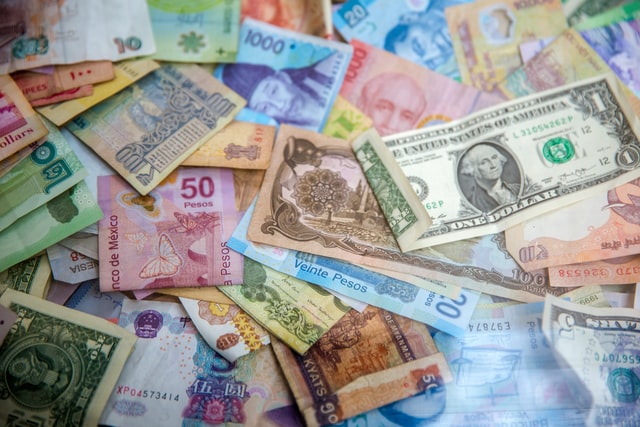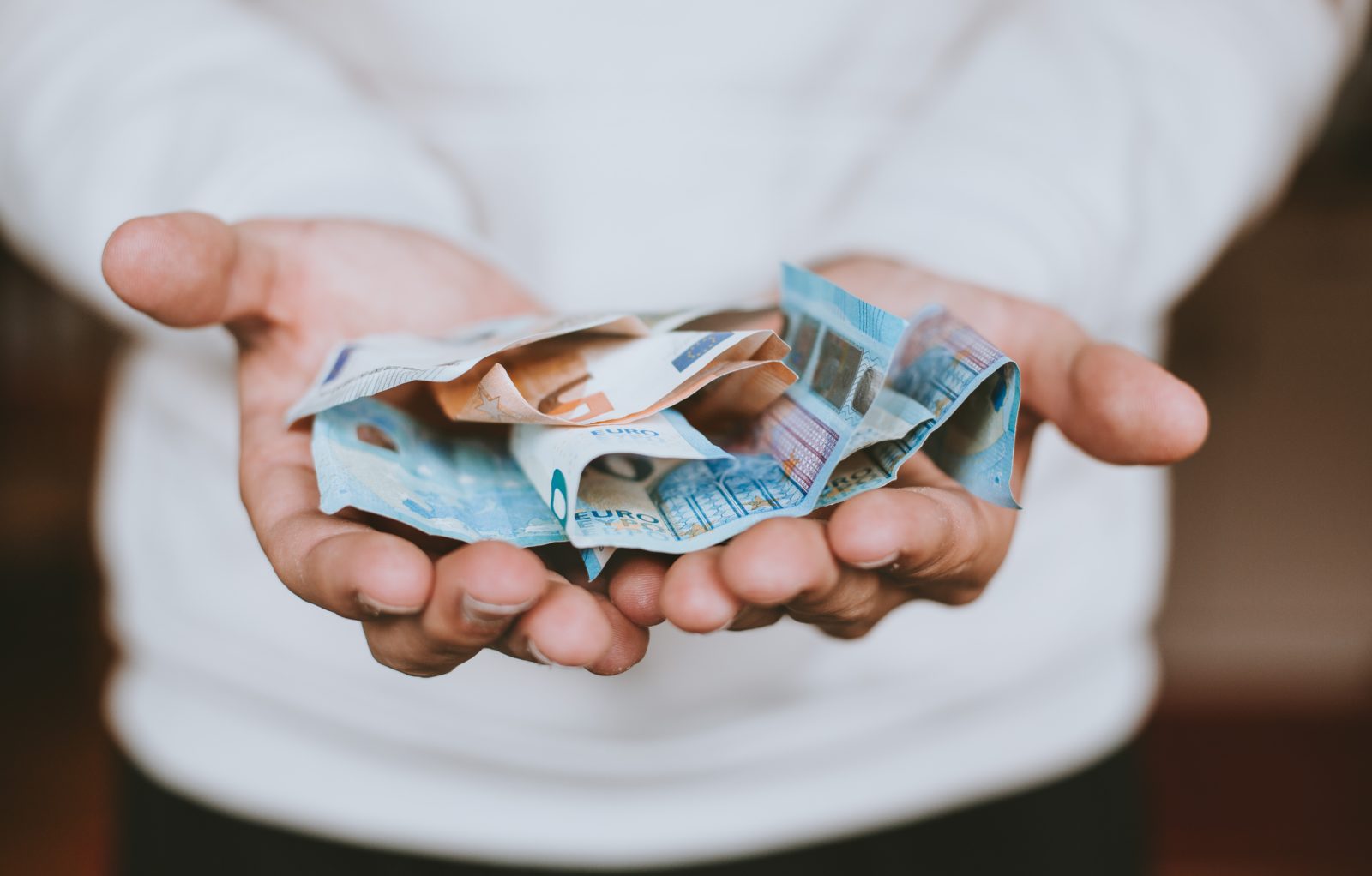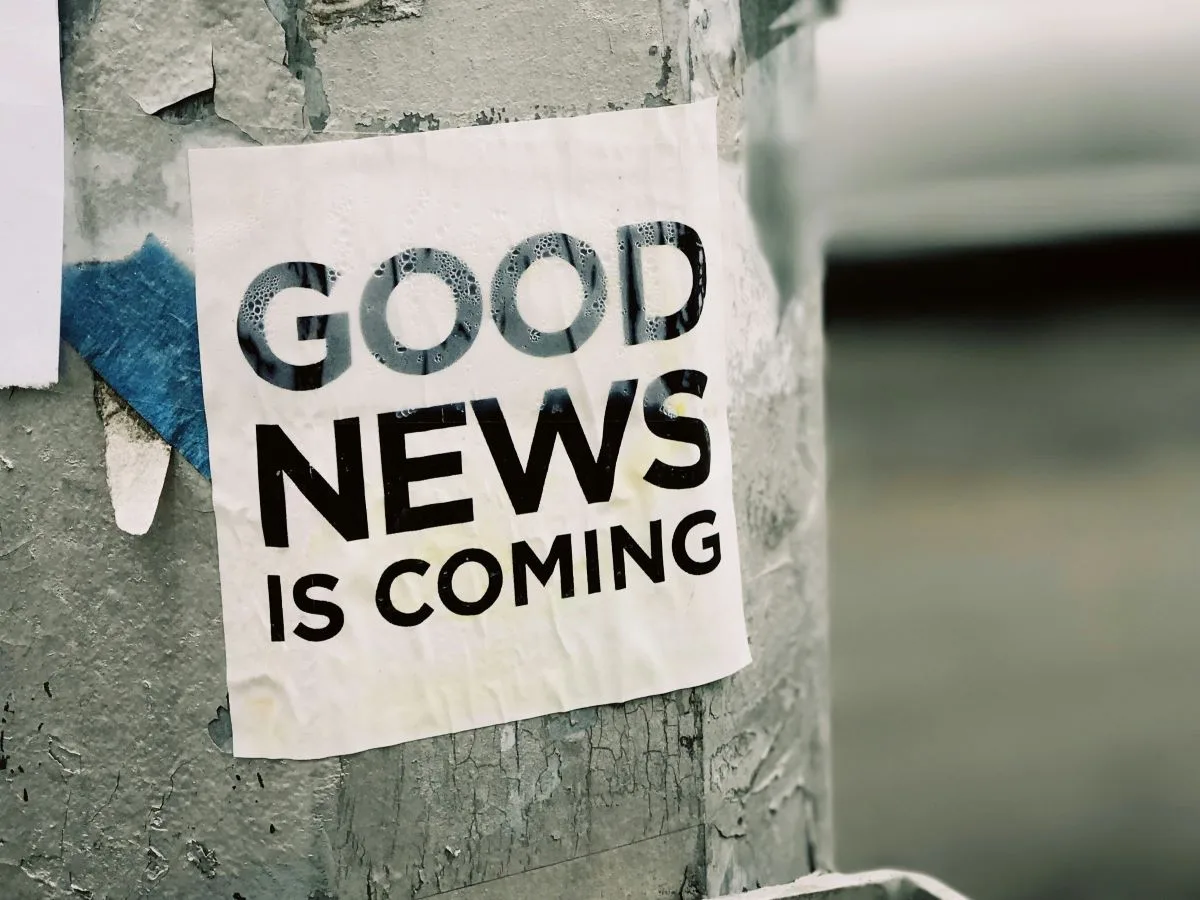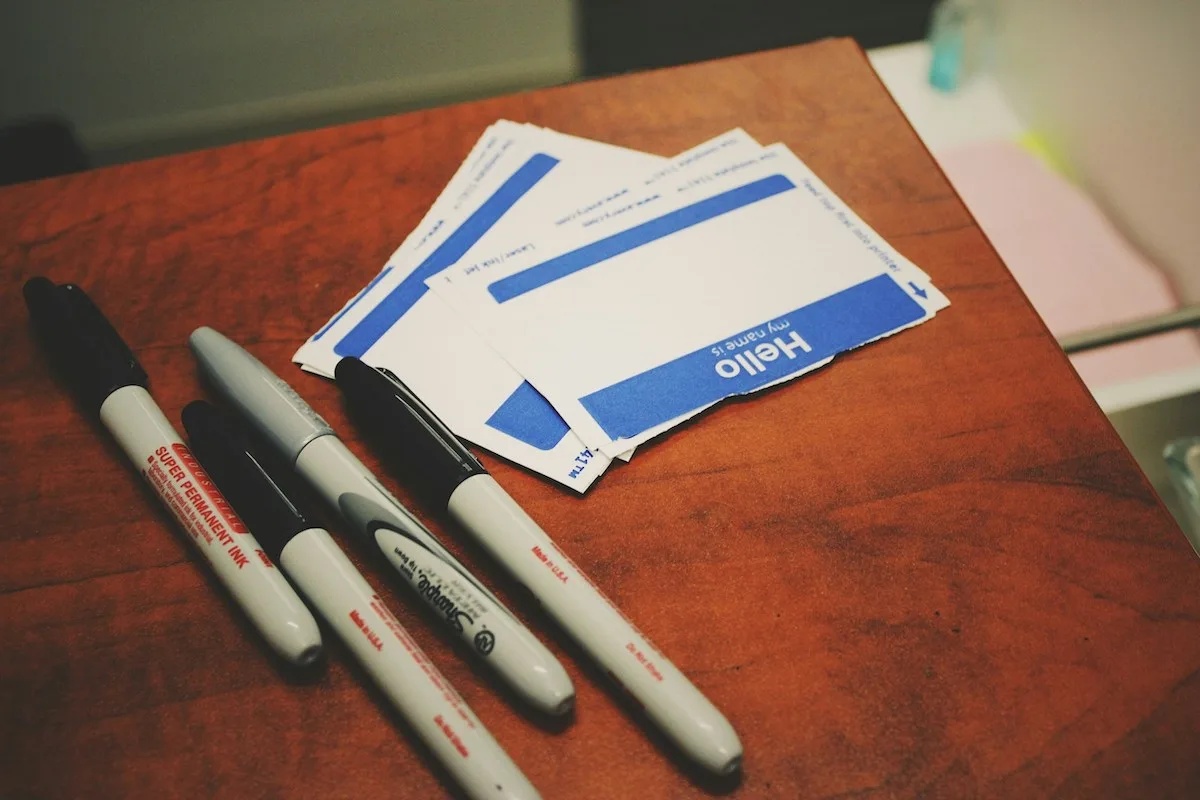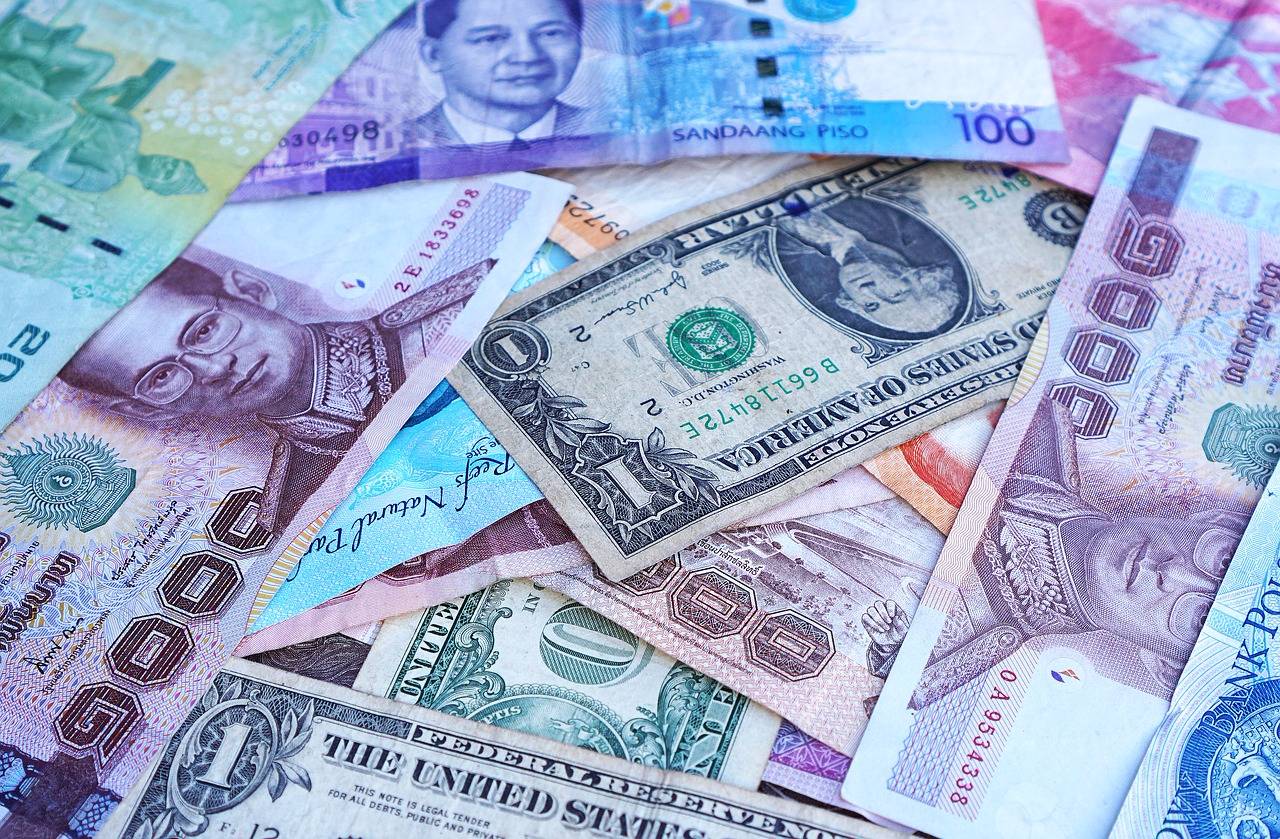
What Are Major Gifts?
Major gifts are generally the largest donations a nonprofit receives. The exact dollar amount that’s considered a major gift varies from organization to organization.
The average nonprofit considers a gift of $5,000 or more a “major gift,” but that’s not a hard and fast rule. For some organizations—especially those that are small or are just getting started—a major gift may be $1,000.
For the purposes of this article, we’ll refer to any gifts large enough to make up a substantial portion of revenue as “major gifts.”
Why Are Major Gifts Important?
Due to their size, major gifts can be game-changers for fundraising teams. They’re substantial funding for a nonprofit. One major gift-size donation can be the difference between meeting your fundraising goal and not.
In the United States, 13.9% of all donated income comes from major gifts fundraising—that’s a substantial chunk of revenue!
How Are Major Donors Identified?
To identify major donors, you need to analyze a prospect’s financial capacity to contribute and their philanthropic interest in doing so.
Most donors only make major gifts to a nonprofit after multiple interactions with that organization—very few people will make a $5,000 gift right away!
That means that, for step one of a major gift fundraising campaign, you’ll want to start with your existing base of donors. After all, this is a group of people who already support your work.
Major Gift Fundraising Strategies for Every Phase of the Process
In this guide, we’ll take you step by step through every part of the major gift fundraising process and provide you with tips for securing more (and larger!) major gifts.
Read ahead to learn how you can improve the whole process or use these links to jump to the section that most interests you.
Major Donor Identification Strategies
As the first phase of the major gift fundraising process, identification involves searching for prospects who may be willing and able to make a substantial gift.
In this section, we’ve laid out some tips that will help you better pinpoint major gift prospects and prepare to start cultivating them.
The Strategies We’ll Cover:
Clean Your Donor Database
What Is This Strategy?
Even if your donor profiles aren’t 100% complete, start your search for potential major donors off on the right track by working from information that’s as current as possible.
Get your nonprofit donor database in order by updating donor data, removing duplicate records, and marking any records for donors who haven’t given for 3+ years as “inactive.”
Why Implement It?
Proper major gift donor identification rests with your organization’s ability to efficiently and effectively sift through donor data.
Your nonprofit won’t be able to do that if the data you’re working from is outdated, inaccurate, or cluttered with irrelevant data points.
Takeaway
Starting the major donor identification process with a clean and up-to-date set of donor records will help you pinpoint ideal major gift candidates more quickly.
Perform Prospect Research
What Is This Strategy?
Major donor prospecting is a research technique used by fundraisers to uncover donor data that will help determine giving capacity and willingness to donate.
For major gifts, the most important data points are past giving, nonprofit involvement, real estate ownership, and political giving.
You may want to consider looking for donors that:
- Are personally connected to your cause
- Have donated regularly in the past
- Generally give at a high level (if someone is a $10/month donor, for example, they may not have the capacity to make a major gift)
- Have a history of significant political contributions
- Own property
- Have other wealth indicators, like owning boats, lots of stock, etc.
To do this, you’ll need to segment your database into giving levels to see which of your donors likely have the capacity to give a large donation.
Next, you should look at past giving patterns—both to your organization and to other nonprofits as well.
Once you’ve identified people who have a history of supporting your organization, seem to have the capacity to make major gifts, and have a pattern of making major gifts to other organizations, you’ll be able to start intentionally cultivating relationships with them.
Why Implement It?
Prospect research is your organization’s most direct path to finding major gift prospects.
You’re looking for people who want to give substantial donations and have the finances to support that desire.
Prospect research helps highlight who those prospects are by analyzing giving patterns and examining donors’ willingness to give larger contributions.
Without prospect research, you will essentially have to guess who in your organization’s donor database is potentially interested in making major gifts. That’s a recipe for frustration!
Takeaway
Conducting prospect research is the best way to find potential major donors sitting in your database.
Look to Your Donor Database
What Is This Strategy?
Your nonprofit CRM could be an untapped source of major gift potential. According to Westfall Gold’s 2021 Major Donor Generosity Report (cited in Donors: Understanding The Future of Individual Giving), 88% of a nonprofit’s donors who have the capacity to make a major gift are not current major donors.
That means your donor database probably contains a segment of supporters who can make a major gift but haven’t done so.
Use your screening results to see if any of your annual fund donors have major-gift-level wealth or have donated substantial amounts elsewhere, and plan your strategy accordingly.
Once you’ve mastered this part of the process, you can expand your search outwards and evaluate donors who tend to support specific programs.
Why Implement It?
If you can find a loyal donor who has major gift potential and a history of supporting your organization’s general fundraising campaigns, the cultivation, solicitation, and stewardship phases of major gifts will be far easier.
Past giving is the greatest indicator of future giving, so you should begin your search within your own database.
Takeaway
The most likely major donor candidates will be loyal donors who have previously given to your organization. Look through your nonprofit’s donor database to spot prospects in your existing base of supporters.
Check Planned Giving Donors
What Is This Strategy?
Planned giving donors—people who have left money or other assets to your organization in their wills—are some of the most dedicated supporters. Although planned giving donors don’t legally have to tell you that they intend to leave a donation, many will.
People who have provided for your nonprofit in their estate are some of the most dedicated supporters in your donor database. That dedication is an invaluable indicator that they may be willing to support you now, too.
Since your planned donors have demonstrated beyond a doubt that they’re invested in your success, you can look to your planned donor list for major donor prospects.
Why Implement It?
Planned gifts and major gifts are two of the most significant types of support someone can offer your nonprofit. It’s likely that your planned donors are major gift candidates and vice versa. Due to that relationship, cross-checking your lists is a logical step to take.
Takeaway
Planned giving and major gift donors share many of the same characteristics. Since that’s the case, you should check planned giving donors during the identification stage, too.
Major Donor Cultivation Strategies
Donor cultivation is the process of building a relationship between your organization and your donor, and it’s the primary method employed for major gift fundraising. Sure, some people may choose to make a very large gift to your organization without getting to know your organization and your staff—but it’s unlikely.
In this section, we’ll cover some strategies you can use to help build stronger relationships with major gift prospects—and thus make it more likely that they’ll donate a major gift when your nonprofit makes the ask.
The Strategies We’ll Cover:
Appoint a Major Gifts Officer
What Is This Strategy?
In order to see success with your major gifts program, you need to appoint a leader. That leader is most often a major gifts officer.
Whether you have a team of major gifts officers (MGOs) or one employee guiding the process part-time, you need someone to lead the charge.
If your organization doesn’t have the resources to hire a dedicated major gifts fundraiser, it’s important that your existing staff understands who is responsible for building relationships with the potential major donors in your donor database.
Why Implement It?
Without a leader for your major gift fundraising efforts, your program will flounder. Major gift acquisition requires cohesive messaging and a personalized approach.
The best way to get your whole team on board is to appoint a staff member who will head up your strategy. For some organizations, this may come in the form of a dedicated Major Gifts Officer who can take charge and connect with your prospects.
For others, this may look like having a major gifts strategy that is owned—in whole or in part—by a member of your development team.
Takeaway
In order for the major gift fundraising process to run smoothly, it’s important to appoint a Major Gifts Officer or appointed major gifts fundraiser to oversee the process.
Prioritize Face Time
What Is This Strategy?
In order to gain valuable face-to-face time with potential major donors, look for opportunities to connect with them on a personal level.
Your goal is to build a genuine relationship with potential major donors that will give you insight into their motivations for supporting your organization, what they’d like to see your organization accomplish, and their philanthropic goals.
The way you connect with your potential major donors will depend on each person’s style and preferences. Some may prefer to attend your organization’s gala or other events. Others may be more comfortable in a one-on-one conversation over coffee or lunch.
Since your goal is to build a relationship with them, give them the opportunity to tell you how they’d like to connect.
Why Implement It?
Most major gifts are the result of a genuine relationship between a donor and the organization they’re supporting. Before you ask someone for a substantial donation, you’ll need to build a connection between that donor, your staff, and your mission.
Having face-to-face conversations with potential major donors (in addition to all the other donor stewardship activities you manage) will be an important part of building these relationships.
Takeaway
Interacting with your major donor prospects face-to-face is one of the best ways to deepen your relationships with them. Consider hosting a special event to provide your organization with some valuable face time, or give them opportunities to connect with you on a one-on-one basis.

Reach Out to Your Network
What Is This Strategy?
Check your list of prospects in conjunction with your list of current supporters to see if any of your supporters have pre-existing relationships with any of your prospects. If so, ask your supporters to make introductions for you so you can begin cultivating a relationship.
Here’s an example of what that might look like:
Say you identify someone in your donor base who checks all the boxes. They’ve made a couple of $1,000 donations, they’ve attended several events, and they have a history of making major gifts to other organizations in your area.
You also notice they happen to work at the same company as one of your board members. You could then ask your board member to formally introduce the two of you so you can get to know more about them and why they give to your nonprofit.
Why Implement It?
Starting your relationship off with an introduction from a mutual contact establishes trust from the get-go. That trust can be a powerful force as you seek to learn more about them and eventually ask them to make a major gift.
Takeaway
Ask your loyal supporters (such as board members) to facilitate introductions to potential major donors, ensuring you get in touch and make the best first impression possible.
Speak to Their Motivations
What Is This Strategy?
As you get into the later stages of cultivation, you should steer conversations toward solicitation. Your prospect isn’t oblivious: They will almost certainly understand that you’ll ask them to make a large gift.
Your process should include honest and sincere conversations about your donor’s passions and motivations, what they’d like to see your nonprofit achieve, and how any gift they may give will make that possible.
Why Implement It?
Let’s be frank: Major gifts mean major money. Most donors won’t give large sums without a genuine understanding of how that gift will impact their community and help them achieve their own philanthropic goals.
They need to be able to envision a clear path from their donation to a desired outcome.
Takeaway
Understanding your donor’s goals and motivations for major gifts will help you craft an ask that speaks to them.
Major Donor Solicitation Strategies
Solicitation is the culmination of the major gift fundraising process. It’s when you officially make your ask, so it warrants special care.
In this section, we’ll guide you through how to make an effective major gift ask.
Read through the section to learn all about the solicitation process, or use the links below to jump directly to the strategies you’re most interested in.
The Strategies We’ll Cover:
Research Your Ask
What Is This Strategy?
Although there is no science to predict the exact amount a prospect will be willing to give, you should come prepared with a well-researched ask amount.
This should be founded on the data you pulled during prospect identification and research and bolstered by your interactions during cultivation.
Say you’ve identified a potential major donor and have built a good rapport with them. They’ve given a few gifts of around $1,000 over the last couple of years, and you know they made a donation of around $7,000 to another local nonprofit last year.
You wouldn’t ask them for $5 million, would you? A more reasonable ask—based on their giving history and other donations revealed in your research—would be in the $7,000 range.
Why Implement It?
It’s intimidating to ask for money, especially major-gift-level money. Having a dollar amount in mind that you feel confident about will help ease that tension. You need to go into the solicitation prepared and self-assured, and predicting giving capacity can help with that.
Takeaway
Having a specific gift amount in mind can help you go into your ask with more confidence. Look back on your research and interactions with the prospect to predict giving capacity.
Prepare a Specific Ask
What Is This Strategy?
Once you understand a prospect’s giving capacity, their motivations for giving, and their philanthropic goals, it’s time to make a decision about how much you’ll ask them to donate and what that gift will achieve.
Specific asks lead to specific results. In addition to asking for the specific dollar amount you settled on, make sure your appeal includes details about what that gift will achieve and how it will help them meet their own goals.
Why Implement It?
A donor is more likely to give if you ask for the right amount and frame your appeal in a way that speaks to them.
Say your donor is very interested in early childhood education. Asking them for $7,000 is one thing. Asking them for $7,000 to set up a scholarship (with their name on it, maybe? That’ll depend on their motivations!) to give private tutoring to elementary school students is much better.
Takeaway
Asking for a specific amount and aligning that amount with goals that will speak to your donor will improve the likelihood that they will make that gift.
Have a Backup Plan
What Is This Strategy?
A major gift is a major investment in your cause, and many people don’t make major investments without thinking about it for a while. It’d be great if your dream number was accepted on the first go-round, but be ready to continue the discussion and counter if a prospect does not immediately say yes.
If your donor isn’t ready to commit to a major donation after your first meeting, that’s okay! Remember, this is a partnership between your donor and your organization.
Ask them to share more about their hesitation. Do they have questions? Do they need to talk to a financial advisor? Is now not a good time? After you understand why your donor can’t say “yes” right away, ask them if you can follow up with them in the future.
Why Implement It?
It’s not unlikely that your donor won’t give you an immediate “yes” after your ask. Have a plan—even if it’s simply asking your donor for more details and setting a plan to follow up with them later on.
Takeaway
Don’t panic if your donor doesn’t immediately give you the gift you’ve requested. Instead, take time to continue the conversation, address concerns, and come up with a follow-up plan.
Practice Your Pitch
What Is This Strategy?
In fundraising, as in many aspects of life, you should always go in with a plan. Before your big meeting, run through what you’re going to say, make sure anyone else who is going to be there is on message, and ensure that you have all supporting materials (like past financial documentation, annual reports, program information, etc.) ready.
Why Implement It?
You can never control how your prospect is going to react. You can only control how you prepare for your major gift solicitation and the way you present it.
Major gift fundraising can be anxiety-inducing—practicing can alleviate some of those nerves!
Takeaway
Practice makes perfect, so plan ahead and run through your pitch a few times before heading into your meeting.
Major Donor Stewardship Strategies
The major donor cultivation process isn’t over once you have a check in hand. Afterward, you’ll need to implement top-notch stewardship practices in order to demonstrate your gratitude and continue building strong relationships with your donors.
In this section, we’ll cover what happens after the ask and how you can keep building on the relationship.

The Strategies We’ll Cover:
Thank Quickly and Often
What Is This Strategy?
Donor acknowledgment strategies vary depending on the type of donation in question. For major gifts, ensure your thank-you messages are as customized as possible. Major gifts make a huge impact on your fundraising bottom line, and your gratitude should reflect that.
Why Implement It?
Acknowledgment is the first step in the stewardship process. It’s your lead-in to donor retention. Donors need to feel and deserve to be recognized for their contributions.
A formulaic thank-you process for your major donors won’t cut it: You’ll need to send them a sincere thank-you and keep them updated on their impact if you want them to remain involved with your nonprofit.
Takeaway
Major gift donors are some of your most significant supporters. They’ve proven that they’re willing to invest in your cause in a way that has a huge impact on your ability to serve your community. Make sure your major donors understand how much you appreciate them. And, more importantly, make them feel like valuable partners in your ongoing work.
Form a Major Donor Society
What Is This Strategy?
A major donor society is an exclusive club with benefits for those who donate major gifts. It’s a means of recognizing your major donors who have already given and incentivizing prospects who are looking to do so.
This strategy can take all kinds of shapes or formats.
Some organizations recognize tiers of donors in their annual reports or at events. Others host events specifically for their major donors. Still, others tie different levels of giving to benefits, like special seating at events, exclusive tours of facilities, and other perks.
A word of caution: As you plan how your major gift society will work, look for ways to make it as fair and equitable as possible.
Major donors should be recognized for their generosity and impact on your community. But be cautious of giving them too much influence over your day-to-day operations and the way you serve your community.
This is an opportunity to celebrate their support, but it shouldn’t give them an outsized influence over your work.
Why Implement It?
The benefits of major donor societies are three-fold.
First, people like to be part of something bigger and recognized as special. Second, its entry bar encourages people to donate a certain amount to be included. And, third, it allows for ample stewardship activities.
Takeaway
Major gift societies can create an environment that helps your nonprofit develop its relationship with donors and allows your major donors to further engage with your nonprofit.
Provide Unique Engagement Experiences
What Is This Strategy?
After someone has given a major gift, you can’t immediately follow up with another ask. Instead, you should be providing other engagement opportunities such as volunteering experiences, event invites, and involvement in special projects.
Why Implement It?
By engaging major gift donors in unique and exciting ways, you’re offering them a window into the work you do and keeping them within your community.
Give your major donors opportunities to see their support at work. Facility tours, personalized invitations to events and other gatherings, behind-the-scenes looks at your work, and other tactics keep them involved with your organization and help them understand their impact.
Takeaway
You want to keep major gift donors involved in your nonprofit community as more than just donors. Give them opportunities to stay in the loop without opening their wallets.
Always Look to Improve
What Is This Strategy?
Practice makes perfect, and continual striving for improvement is imperative. You should be tracking success metrics such as average major gift size, frequency of contact with donors, number of asks made, donor retention rate, fundraising ROI, and more.
Combine your metrics evaluations with feedback from your major donors themselves. How can you work together in the future? How do they want to learn about the impact they’ve made with their support? What will make them likely to continue their support in the future?
Why Implement It?
By studying your own performance, recognizing areas of weakness, and adjusting accordingly, you position yourself for better performance down the road. Ongoing communications with your major donors will give you even more insight! As you work to build a sustainable major gifts program, your data and your donors’ feedback will guide you as you hone your strategy.
Takeaway
The only way to make future major gift fundraising more successful is by actively evaluating your results.
Interested in a CRM that helps you raise more major gifts?
Join the discussion in our Slack channel on connected fundraising



